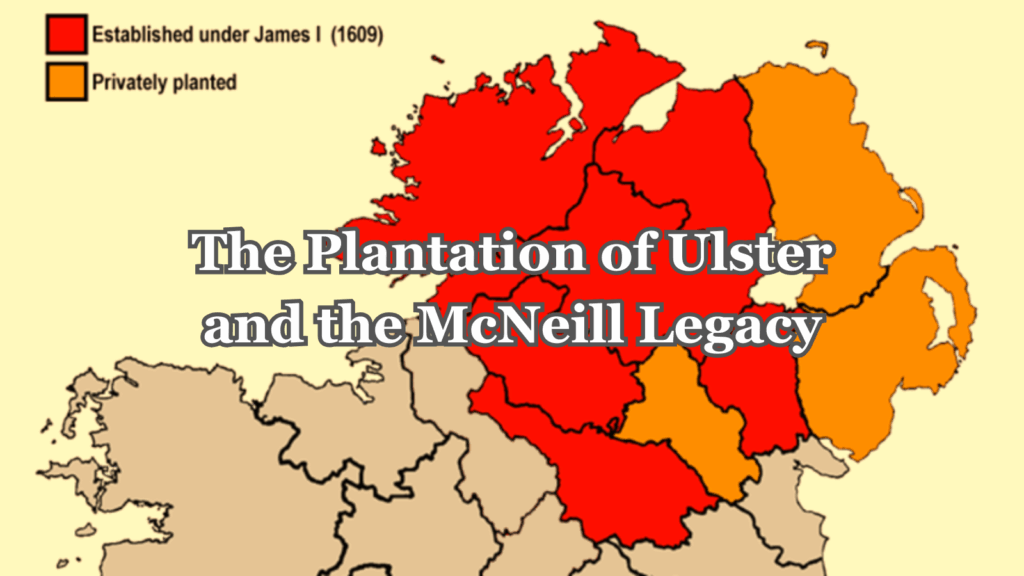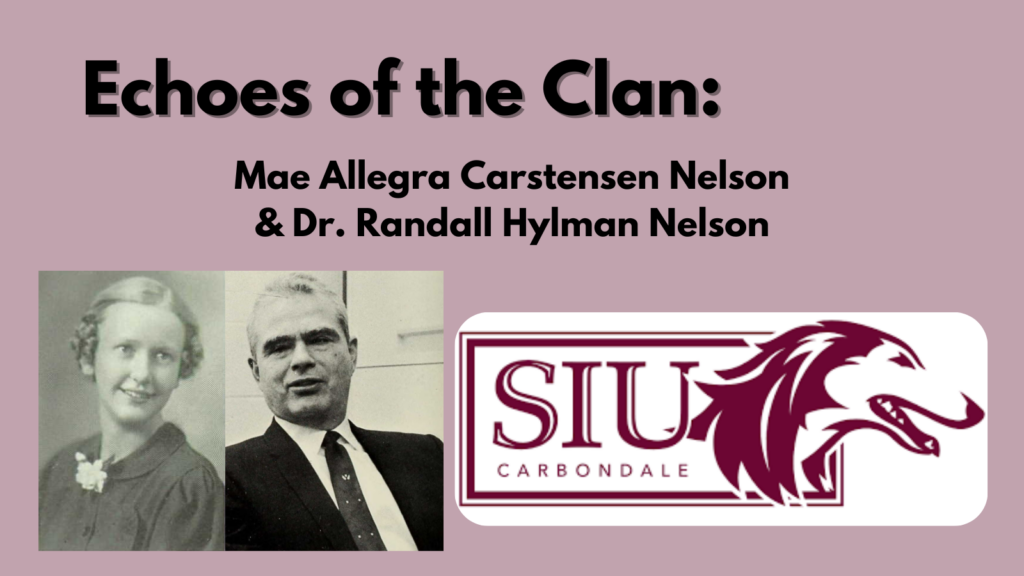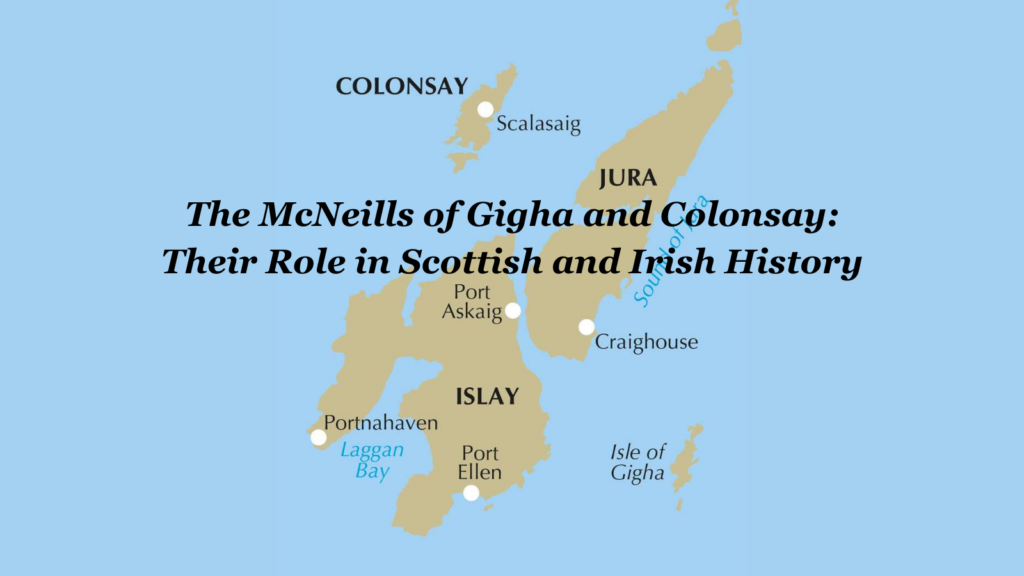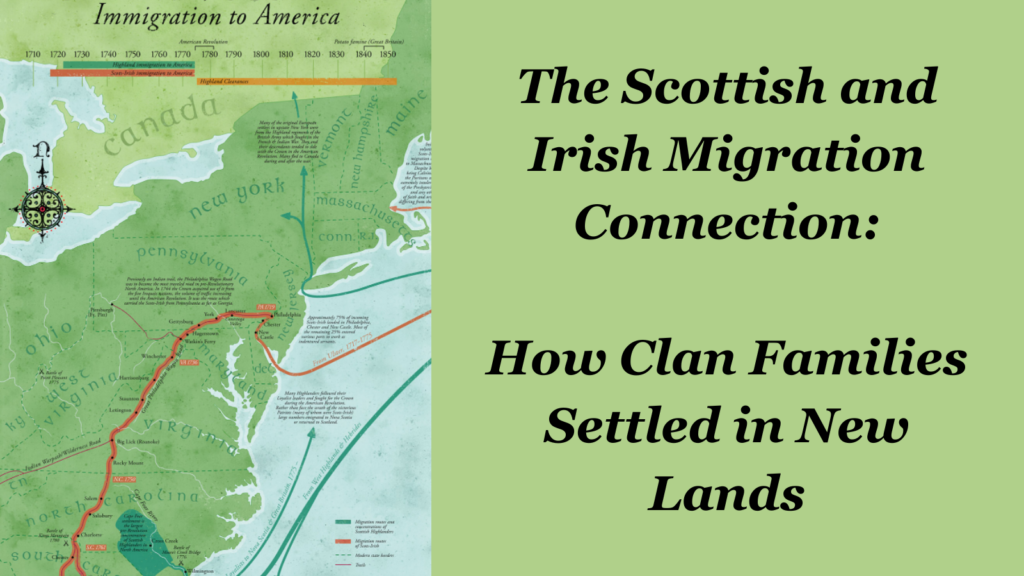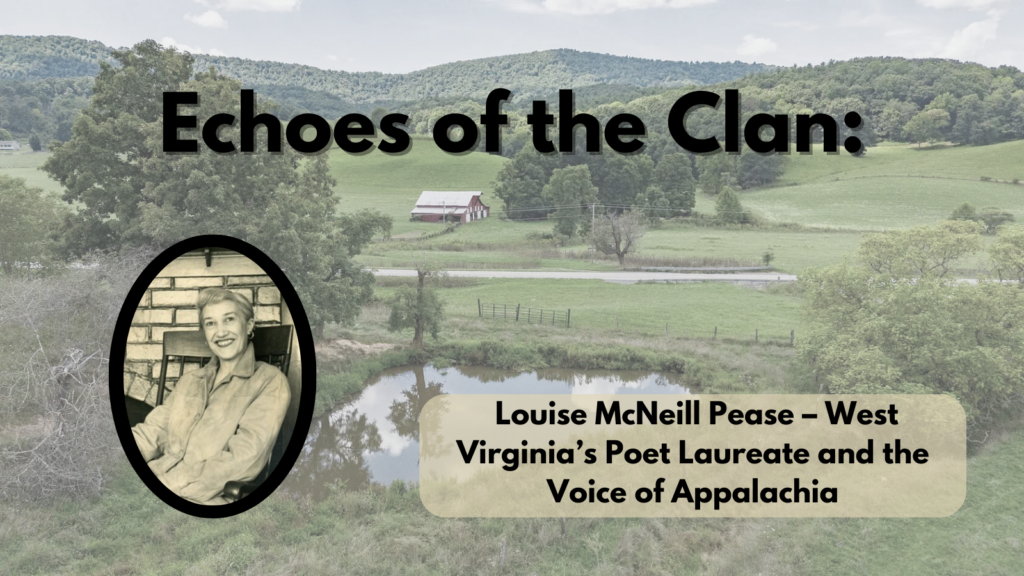Echoes of the Clan: Joseph Alfred McNeil’s Stand for Civil Rights
Joseph McNeil carries the McNeil name with honor through a remarkable life of service and courage. Born in 1942 in Wilmington, North Carolina, Joseph Alfred McNeil became a pivotal figure in the American Civil Rights Movement. As a college freshman, he helped spark nationwide change as one of the “Greensboro Four,” the group of African American students who ignited the 1960 lunch counter sit-in movement. This celebratory profile in our Echoes of the Clan series highlights McNeil’s inspiring stand for justice and his lifelong commitment to equality – a story that resonates with pride for all who share the MacNeil name.
Deep Roots of Perseverance
Joseph McNeil’s family story reflects generations of resilience long before the Civil Rights Movement. Through genealogical research, we know his McNeil ancestors were free Black Americans as early as 1814 — a remarkable rarity in the antebellum South. His great-grandfather proudly served his country in Company D of the 347th Service Battalion, Quartermaster Corps, continuing a tradition of service that would echo across generations. These deep roots of perseverance, dignity, and commitment to justice helped shape the man who would one day take a stand in Greensboro.
The Greensboro Sit-In Sparks a Movement
On February 1, 1960, Joseph McNeil and three classmates from North Carolina A&T State University walked into an F. W. Woolworth store in Greensboro, North Carolina, and sat down at the “whites-only” lunch counter. They politely asked for service, and when the staff refused to serve them, the young men refused to budge. Even as a police officer stood behind them, tapping his nightstick in a threatening manner, McNeil and his friends stayed calm and kept their seats. Their nonviolent protest bewildered the store manager and staff – unsure how to enforce the segregation rule against polite customers who simply would not walk away. Eventually, the store closed early that day with the four students still in place, having peacefully made their point.
What started as a simple sit-in soon grew into a national movement. News of the Greensboro protest spread quickly and inspired similar sit-ins in at least 55 other cities across 13 states. Day after day, students and community members returned to the Greensboro Woolworth’s lunch counter, sitting shoulder-to-shoulder in a show of unity against injustice. For over five months, protesters kept up the pressure. Finally, on July 25, 1960, the Woolworth’s in Greensboro agreed to integrate its lunch counter, serving Black customers the same as white customers. The Greensboro sit-ins proved to be a major turning point in the fight against segregation. They galvanized student activism across the South, leading to the formation of the Student Nonviolent Coordinating Committee (SNCC) and accelerating the broader Civil Rights Movement.
A Life of Service and Lasting Legacy
After taking a stand for equality as a teenager, Joseph McNeil went on to serve his country in another way. He graduated from A&T in 1963 with a degree in engineering physics and joined the U.S. Air Force through the ROTC program. McNeil served on active duty as a KC-135 Stratotanker navigator during the Vietnam War era. He continued his military career in the Air Force Reserve while also working as a Federal Aviation Administration official in New York. Over the years, McNeil rose through the ranks, eventually becoming a Major General before retiring in 2001 — one of the few civil rights pioneers to later attain such a senior military rank. His military service earned him honors such as the Air Force Distinguished Service Medal.
Today, Joseph McNeil’s legacy is honored widely. His alma mater, North Carolina A&T State University, commissioned a statue of the “A&T Four” and named campus halls after the men. In Greensboro, the original Woolworth’s lunch counter where McNeil and his friends made history has been preserved as the International Civil Rights Center & Museum. In 2010, he and the other members of the Greensboro Four received the Smithsonian Institution’s James Smithson Bicentennial Medal for their contributions to American history. Joseph McNeil’s story — marked by bravery, integrity, and perseverance — is a lasting inspiration for all who share the MacNeil heritage.
Know of other remarkable McNeils worth celebrating? Please contact Alissa Nolan at CMAAgenealogy@clanmacneilusa.us to share their story.
Echoes of the Clan: Joseph Alfred McNeil’s Stand for Civil Rights Read More »



